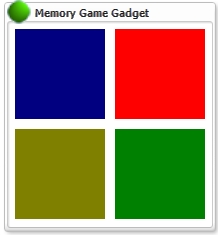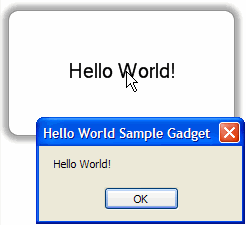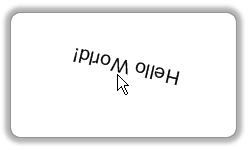Posted by Omar Khan, Software Engineer

On May 31st Google hosted
Developer Day events all around the world. The Google Desktop team gave two presentations: one in Mountain View, and another in Tokyo. Mihai gave the
Mountain View talk, and
James gave the
Tokyo talk. The links lead to the YouTube videos, and are great resources for learning about the full potential of the
Google Desktop APIs. Here is Mihai's presentation:
Many Google Desktop team members staffed booths and showed off the potential of Google Desktop gadgets. Developers were amazed at how easy it is to do powerful things from gadgets. We would start with a blank desktop and then hit shift-shift to bring up a slew of different and interesting gadgets. Everyone loved this. In particular, there were two gadgets that really piqued user and developer interest, because these gadgets do complicated things with small amounts of easy-to-understand code. Here they are.
Touring GadgetHave you ever wondered which of your favorite bands are coming to town? The
Touring gadget, by Martin Mroz, makes finding out easy. You enter your location, and using a simple Google Desktop API and the music community website
JamBase, the Touring gadget shows you which of your favorite bands are coming to your town soon.
Touring gathers your favorite bands by using the Google Desktop Query API. When Google Desktop indexes the user's files, it extracts metadata from music files and stores them. Touring queries for music files and pulls out the artist. It only takes
a few lines of code to get this data.
 Multiplayer Reversi
Multiplayer Reversi
Playing a game with your friends around the world isn't hard if the game uses the gadget
GoogleTalk API.
Multiplayer Reversi, by Turhan Aydin, illustrates this point and received lots of "oohs" and "ahhs" when Mihai presented it in San Jose. You select your friend to play with, they confirm, and you start to play
reversi. If this sounds difficult, don't worry, it isn't: look at the
code snippets.

Just days after the event, excited developers are submitting gadgets. We hope you developers out there will think about
using the power of the APIs to make new and interesting gadgets that look great and empower users. If you're looking for gadgets to use yourself, go
here to find all Google Desktop gadgets.










